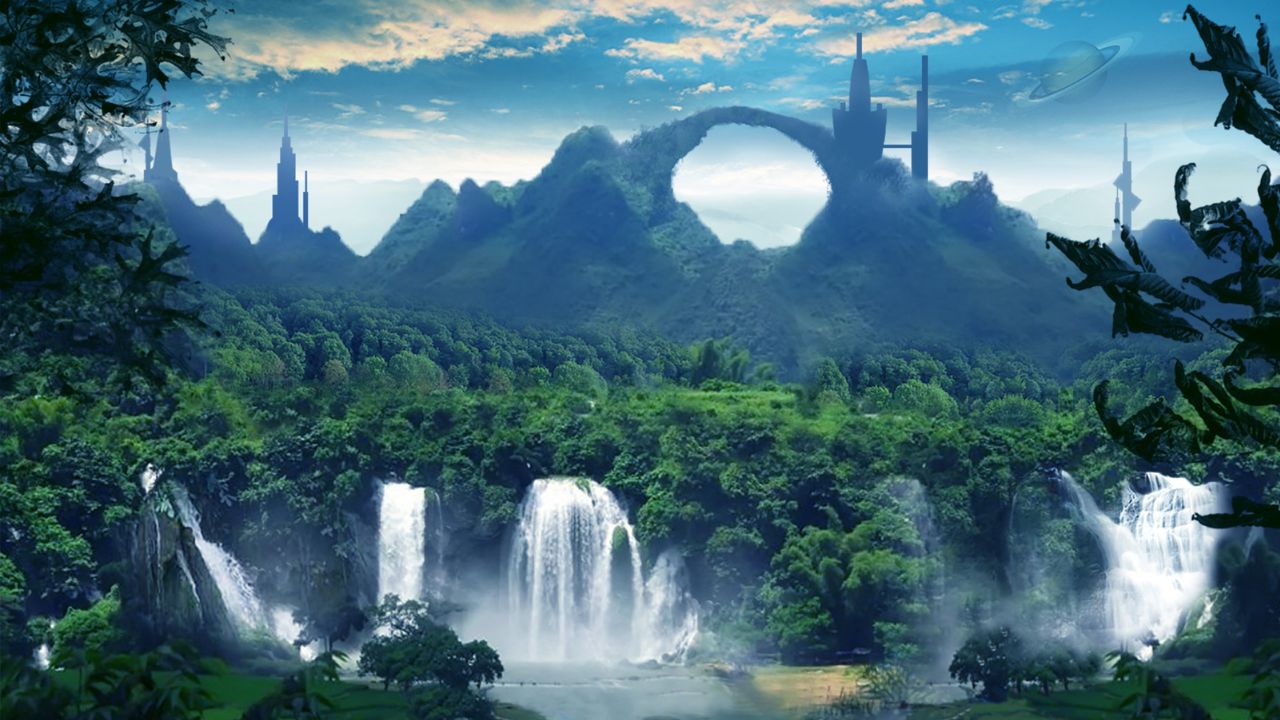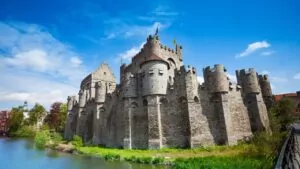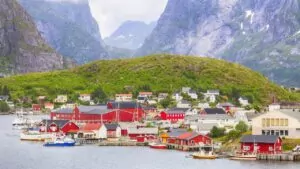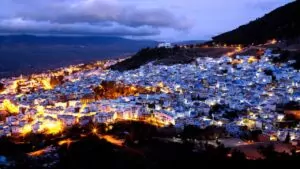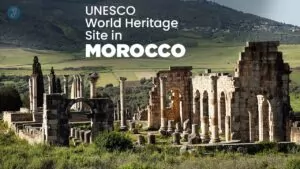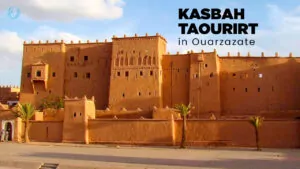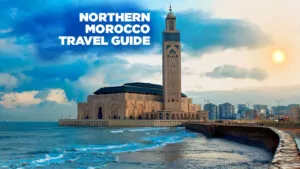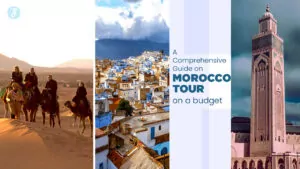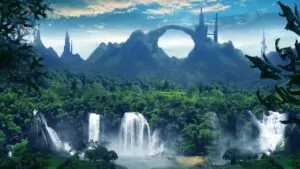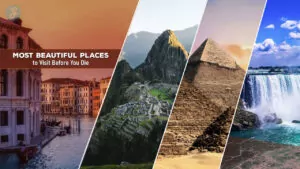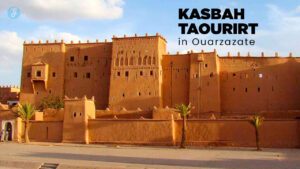UNESCO World Heritage Sites represent the shared heritage of humanity. These globally recognized locations are not just beautiful or ancient—they are essential to understanding our planet’s cultural roots, spiritual paths, and natural ecosystems. From temples and castles to rainforests and volcanoes, these sites embody the legacy of civilizations and nature’s wonders.
As of July 2025, there are 1,223 official UNESCO World Heritage Sites spread across 168 countries, according to the UNESCO World Heritage Centre. These sites are designated for their “outstanding universal value”, and they fall into three categories: cultural, natural, or mixed. The most notable countries for heritage lovers often have an incredibly diverse portfolio of both ancient and modern marvels.
Whether you’re passionate about architecture, fascinated by history, or simply love exploring breathtaking landscapes, these ten countries offer some of the richest travel experiences on Earth.
What Is a UNESCO World Heritage Site?
A UNESCO World Heritage Site is a landmark or area officially recognized by the United Nations Educational, Scientific and Cultural Organization (UNESCO) as being of outstanding value to humanity. These include cultural wonders (like temples, ruins, or historic cities), natural treasures (such as forests, rivers, or deserts), and mixed sites that combine both cultural and natural importance.
To be listed, a site must meet strict criteria involving authenticity, conservation, and global significance. Once listed, it receives international recognition and protection, making it a top priority for conservation and sustainable tourism.
Every year, UNESCO holds a committee session to evaluate and include new entries. In the 47th session in Paris in 2025, 26 new sites were inscribed, adding to the existing global total.
1. Italy – 60 World Heritage Sites
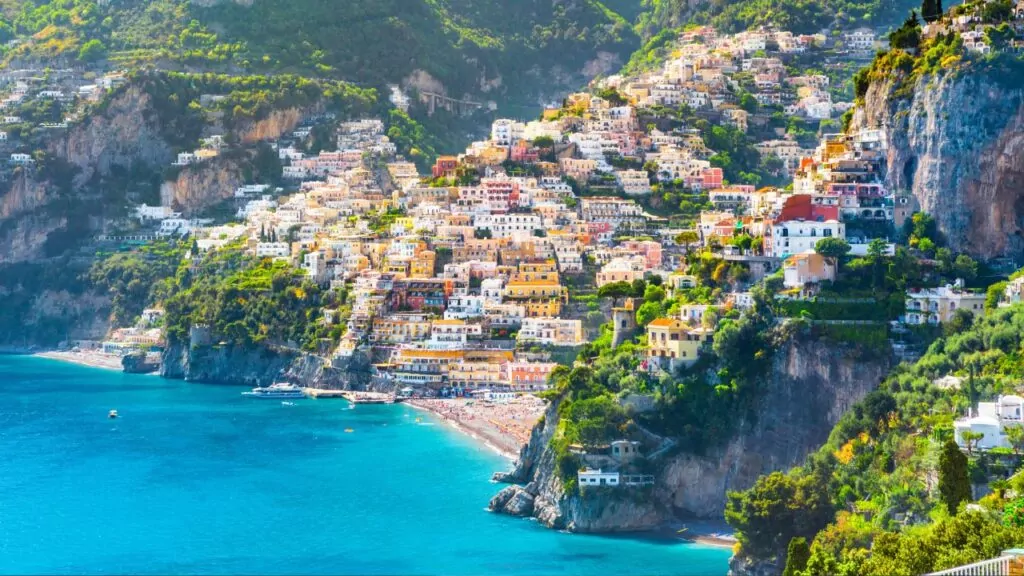
Cultural Capital of the World
Italy leads the list with 60 UNESCO World Heritage Sites, the most of any country in the world. These sites span more than 3,000 years of continuous cultural development, showcasing the legacy of the Roman Empire, the Renaissance, and many regional civilizations.
Key Highlights:
- Colosseum (Rome) – The iconic amphitheater built in 80 AD.
- Venice and its Lagoon – A floating city built on canals and architectural elegance.
- Florence Historic Centre – A cradle of the Renaissance with world-class art.
- Val d’Orcia – A classic Tuscan landscape immortalized in paintings and poetry.
- Archaeological Sites of Agrigento and Syracuse (Sicily) – Greek and Roman remnants.
Italy’s unique combination of ancient monuments, medieval towns, and stunning coastal scenery makes it a living museum. From the Vatican to the Dolomites, travelers experience centuries of art, innovation, and spirituality.
2. China – 59 World Heritage Sites
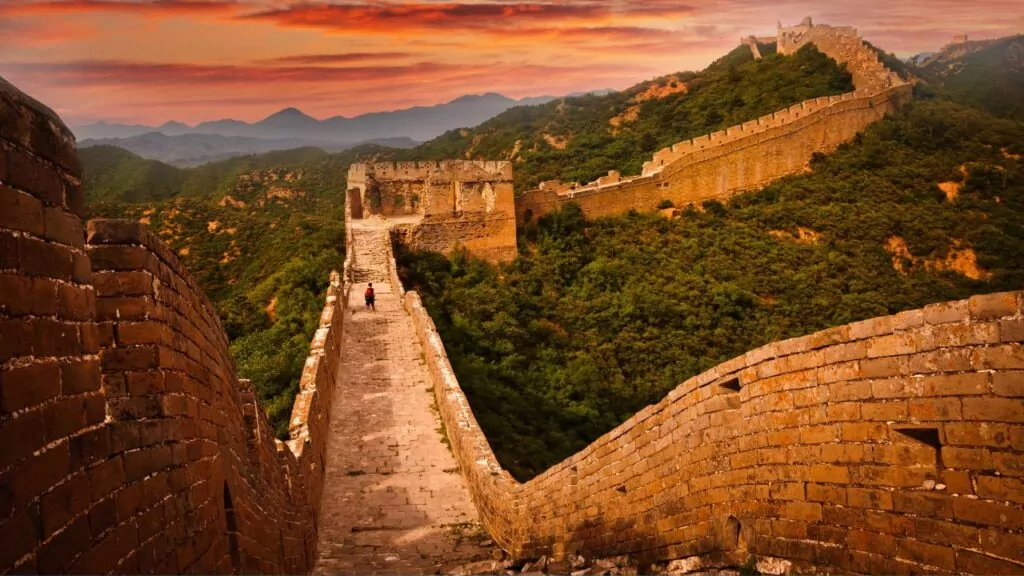
Ancient Civilization with Modern Preservation
China is a close second with 59 UNESCO sites, reflecting a long history of dynasties, philosophy, and natural splendor. These include imperial palaces, sacred mountains, ancient trade routes, and world-famous landmarks.
Key Highlights:
- Great Wall of China – A defensive masterpiece stretching over 13,000 miles.
- Forbidden City (Beijing) – A preserved imperial complex.
- Mount Tai – A sacred Taoist peak with over 3,000 years of pilgrimages.
- Mogao Caves (Dunhuang) – Thousands of Buddhist murals and manuscripts.
- South China Karst and Danxia Landforms – Striking natural wonders.
China’s efforts to preserve these treasures also reflect its growing cultural diplomacy. These sites tell the story of Confucian thought, silk trade, scientific advancements, and harmonious coexistence with nature.
3. Germany – 54 World Heritage Sites
A Fusion of History, Industry, and Innovation
Germany’s 54 World Heritage Sites reflect a unique blend of medieval, baroque, modernist, and industrial heritage. The country also shines for its well-preserved towns and nature parks, making it a top European cultural destination.
Key Highlights:
- Cologne Cathedral – A towering Gothic structure with a stunning façade.
- Würzburg Residence – A Baroque palace with intricate frescoes.
- Bauhaus Sites (Weimar and Dessau) – Home to one of the most influential design movements.
- Völklingen Ironworks – A rare industrial heritage site.
- Wadden Sea – A UNESCO natural site shared with Denmark and the Netherlands.
Germany’s entries span from prehistoric remains to Cold War sites, capturing the nation’s transformation through war, peace, and reconstruction.
4. France – 53 World Heritage Sites
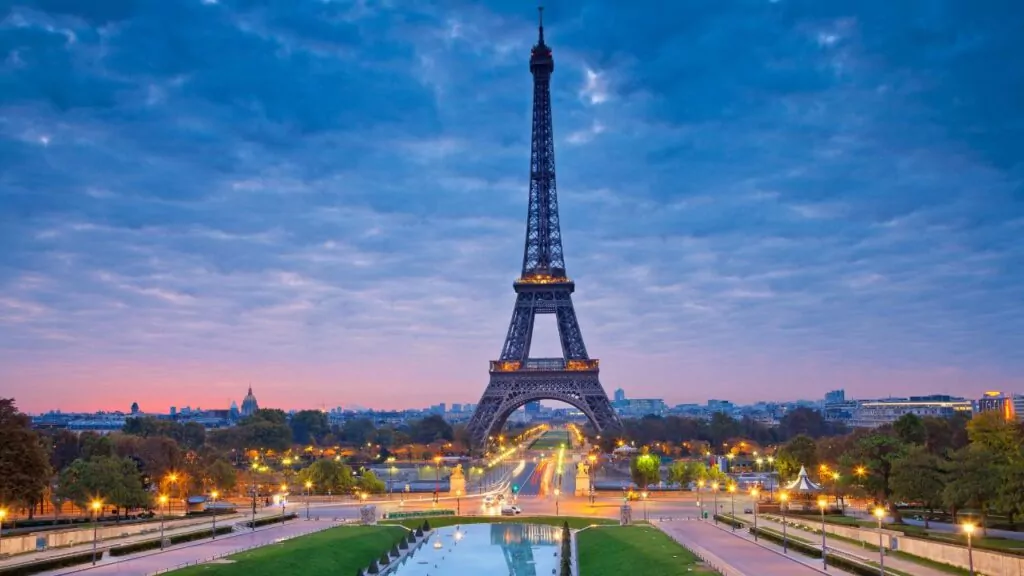
The Essence of European Grandeur
France’s 53 heritage sites embody its global influence in architecture, art, monarchy, science, and revolution. From Neolithic caves to futuristic cityscapes, France offers travelers a journey through all of Europe’s defining moments.
Key Highlights:
- Palace of Versailles – A symbol of royal extravagance and political transformation.
- Mont-Saint-Michel – A mystical abbey rising from tidal sands.
- Prehistoric Caves of Vézère Valley – Home to some of the oldest known cave paintings.
- Pont du Gard – A Roman aqueduct still standing after 2,000 years.
- Lagoons of New Caledonia – A rare overseas natural heritage site.
France masterfully preserves both its urban and rural heritage, making it one of the most visited countries in the world.
5. Spain – 50 World Heritage Sites
A Cultural Mosaic of Empires and Faiths
Spain offers a diverse heritage shaped by the Romans, Moors, Christians, and Jews, leading to a unique blend of architecture, religion, and regional pride. With 50 UNESCO sites, Spain is a paradise for art and history lovers.
Key Highlights:
- Alhambra, Generalife and Albayzín (Granada) – A shining example of Moorish architecture.
- Works of Antoni Gaudí (Barcelona) – The surreal and sacred designs of a modernist master.
- Historic Córdoba – Once Europe’s leading city of science and culture.
- Camino de Santiago – A pilgrimage route still followed by thousands today.
- Altamira Cave – Prehistoric art over 35,000 years old.
Spain’s heritage is not just preserved but actively lived through festivals, flamenco, and culinary traditions.
6. India – 44 World Heritage Sites
Where Spirituality Meets Civilization
India’s 44 World Heritage Sites span 5,000 years of history—from the ancient Indus Valley to colonial-era forts and unique wildlife sanctuaries. The subcontinent offers a mesmerizing mix of sacred architecture, biodiversity, and philosophical thought.
Key Highlights:
- Taj Mahal (Agra) – One of the world’s most recognized symbols of love and architectural elegance.
- Ajanta and Ellora Caves – Rock-cut caves depicting Buddhist, Hindu, and Jain cultures.
- Kaziranga National Park – Home to the endangered Indian one-horned rhinoceros.
- Hampi – The capital ruins of the Vijayanagara Empire.
- Western Ghats – A UNESCO biodiversity hotspot.
India’s cultural diversity—from Sikh gurdwaras and Mughal domes to tribal villages and Himalayan monasteries—is unparalleled.
7. United Kingdom – 35 World Heritage Sites
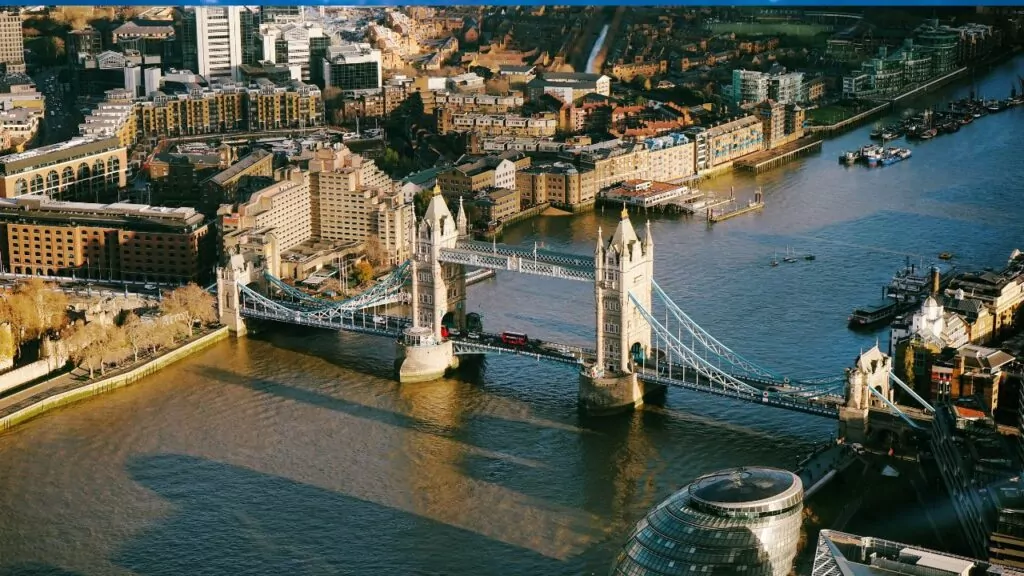
An Island of Stories, Science, and Strength
The UK’s 35 sites reflect its past as a global empire, a scientific pioneer, and a keeper of ancient traditions. Its sites span from prehistoric monuments to Victorian architecture, making it a multilayered heritage destination.
Key Highlights:
- Stonehenge and Avebury – Mysterious stone circles with unknown celestial significance.
- Edinburgh Old and New Towns – A tale of medieval grit and Enlightenment glory.
- Forth Bridge – A 19th-century engineering marvel.
- Giant’s Causeway (Northern Ireland) – Geological formations rooted in Celtic mythology.
- Canterbury Cathedral – The spiritual heart of Anglican Christianity.
UK’s sites also honor scientific breakthroughs and literary heritage, including Shakespeare and Darwin.
8. Russia – 33 World Heritage Sites
Expansive Beauty and Imperial Grandeur
Russia’s 33 UNESCO sites are as vast and varied as its geography. From Byzantine cathedrals and imperial cities to Siberian wilderness, Russia’s heritage showcases both human ambition and nature’s magnificence.
Key Highlights:
- Kremlin and Red Square (Moscow) – Russia’s political and religious core.
- Saint Petersburg Historic Centre – Built by Peter the Great as a “window to the West.”
- Lake Baikal – The deepest and most ancient freshwater lake on Earth.
- Virgin Komi Forests – The largest virgin forest in Europe.
- Derbent Fortress – A gatekeeper of the Caspian Sea for centuries.
Russia’s heritage tells the story of tsars, revolution, and remarkable geological formations.
9. Iran – 28 World Heritage Sites
The Heart of Persian Legacy
Iran’s 28 UNESCO sites are a testament to the country’s ancient engineering, poetry, religion, and art. Despite modern challenges, Iran has preserved some of the most sophisticated urban designs of ancient civilizations.
Key Highlights:
- Persepolis – Capital of the Achaemenid Empire founded by Darius the Great.
- Golestan Palace – A Qajar-era palace combining Persian and European styles.
- Bam and its Cultural Landscape – An oasis city with advanced water systems.
- Sheikh Safi al-din Ensemble – An example of Persian-Islamic architecture and urban design.
Iran’s rich architectural legacy and Silk Road connections make it a crossroads of East and West.
10. Japan – 26 World Heritage Sites
Harmony Between Tradition and Nature
Japan’s 26 sites include a rare balance of cultural precision and natural serenity. With 21 cultural and 5 natural heritage sites, Japan celebrates minimalist beauty, ecological harmony, and centuries-old traditions.
Key Highlights:
- Historic Kyoto – Home to temples, gardens, and traditional tea houses.
- Itsukushima Shrine – A torii gate that seems to float at high tide.
- Himeji Castle – A white-walled fortress known as the “White Heron Castle.”
- Yakushima Island – A primeval forest with 7,000-year-old cedar trees.
- Shirakawa-go Villages – Gassho-style houses in a snowy landscape.
Japan’s heritage reflects the Shinto respect for nature, Zen Buddhism’s simplicity, and an unbroken cultural thread.
Why UNESCO Heritage Travel Matters
These ten countries offer extraordinary insights into the shared history of humanity. From the ruins of Rome and the walls of Beijing to the temples of Kyoto and the mosques of Isfahan, these heritage sites are more than just scenic places—they are living classrooms and sacred memory banks.
When you visit a UNESCO World Heritage Site, you’re not just sightseeing—you’re becoming part of a global effort to protect history, celebrate identity, and pass it on to the next generation.

